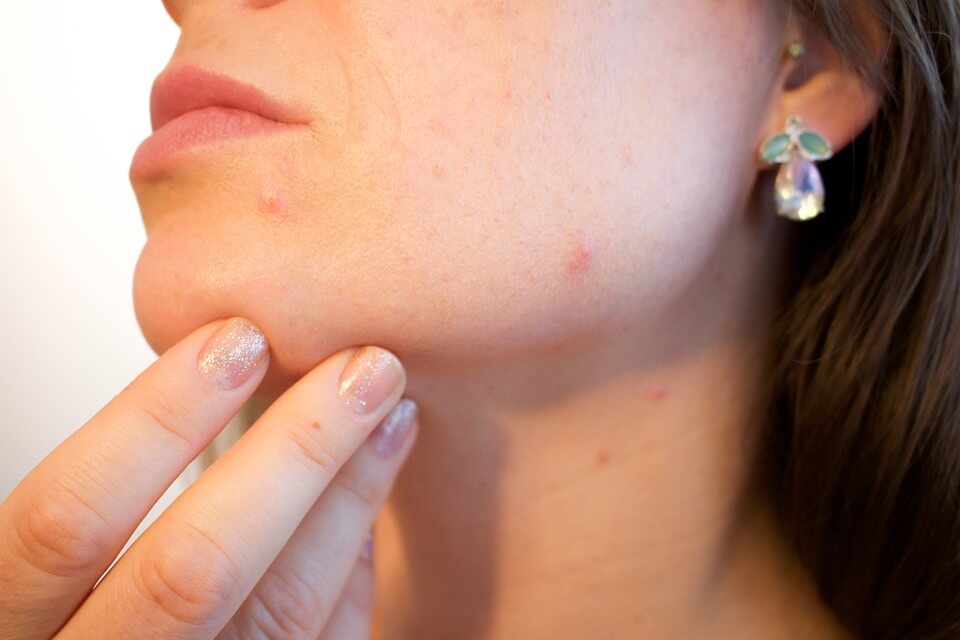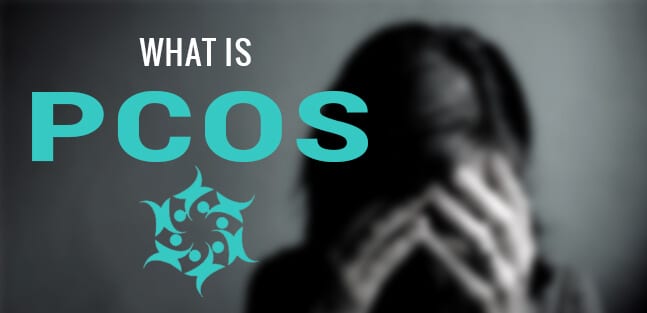For many ladies out there, raging hormones are not something new and hormonal imbalance coupled with quick weight gain is definitely not a good sign since this a strong indication of polycystic ovarian syndrome, or in more common terms PCOS.
PCOS is one of the most common hormonal issues believed to be affecting anywhere from 2% to 26% of women aged 18 to 44 years [1]. In the last decade alone, a number of campaigns have been run to create awareness.
Table of contents
- What exactly is PCOS?
- What do PCOS symptoms look like?
- Why does PCOS happen?
- The science behind PCOS
- Treatment of PCOS
Yes, you are not alone in this fight.
What exactly is PCOS?
Simply put, women with polycystic ovarian syndrome have a high level of male hormones, the androgen. This results in irregular periods and development of multiple cysts (bubble-like extensions) in the ovary.
The literal translation of PCOS is poly cysts: many cysts in the ovary.
What do PCOS symptoms look like?
We don’t mean to scare you but PCOS could increase your risk of developing other disorders. Apart from that, it happens to be one of the common reasons for infertility.
Other symptoms of it could include excess body hair (scientifically termed as Hirsutism), acne, pelvic pain, dark patches on the skin due to insulin resistance [2].

Why does PCOS happen?
Research revealed genes play a key role in PCOS. Apart from genetics, it also has environmental reasons for the development. Toxins, infectious agents, and obesity could worsen PCOS [2].
The Science behind PCOS
It is an established fact hormonal imbalance is the key reason for PCOS. However, what exactly transpires is still shrouded in mystery. Let us help in shedding some light on the physiological process behind polycystic ovarian syndrome in a stage-wise manner [3].
Stage 1: How does the female hormone estrogen gets produced
The primary function of the ovary is to produce the female hormone estrogen. Interestingly, estrogen is produced by converting the male hormone androgen.
The key hormones which bring about this important conversion are Luteinizing Hormone (LH) and Follicle Stimulating Hormone (FSH). This is under normal conditions, not in PCOS.
Did you know?
“Obesity also begets PCOS? The reproductive and metabolic features of it can sometimes be reversible with dietary and lifestyle modifications.”
Stage 2: When the hormones go askew.
The amount of male hormone secretion and their conversion to estrogen is dependent on the LH to FSH ratio. When this ratio gets skewed, then there is an excess of male hormones in the blood. The ovary reacts to the male hormones by forming cysts thus PCOS develops. Genetics seem to play a role here.
Stage 3: Some cancers can release an excess of male hormones too.
Now, this male hormone can be produced externally by some cancers too. It leads to increased levels of male hormones in the blood aggravating the cysts in the ovary.
Stage 4: Body’s defense mechanism to control excess hormones
Our body is wired in a way to counter any processes that go out of the way. In the light of excess male hormone, the body produces a protein that acts like a sponge, mopping the excess.
Excess body weight seems to reduce the amount of this sponge protein thereby increasing the intensity of the polycystic ovarian syndrome.
“Surprise, surprise! The amount of this protein seems to be dependent on a person’s weight!”
Stage 5: The incriminating role of insulin
Didn’t we mention early about the dark skin patches due to insulin resistance? In our body, insulin acts as a growth hormone; creating fat stores (weight gain) and general growth.
When the body is already battling with excess male hormones, insulin acts as a multiplier significantly increasing its production!
“Moral of the story: Pre-existing diabetes could worsen PCOS symptoms significantly. Alternatively, PCOS could also put you at a risk of diabetes.”
Treatment of PCOS
There are various treatments for PCOS, many of them involving drugs to control the production of male hormones. Doctors will also prescribe diabetic medications to reduce the levels of insulin in the blood. Losing excess weight has also shown to significantly improve the symptoms.
Did you know food holds tremendous power to help manage those erratic hormones? A PCOS diet is pretty close to the weight loss diet wherein you would have to restrict the amount of sugar (important due to the insulin connection) and fat.
“Why is losing weight so difficult in PCOS?”
Well, the answer lies in excess insulin levels that is always putting the body into a fat storage mode!”
Healthy foods include whole grains, fruits, vegetables, sprouted pulses among others. Yes, it is time to understand this fact and start consuming healthy foods.
Now, armed with knowledge, we hope you approach this hormonal condition with a different mindset and gain control of your bodyweight since this is the first step towards PCOS treatment.

thanks for sharing